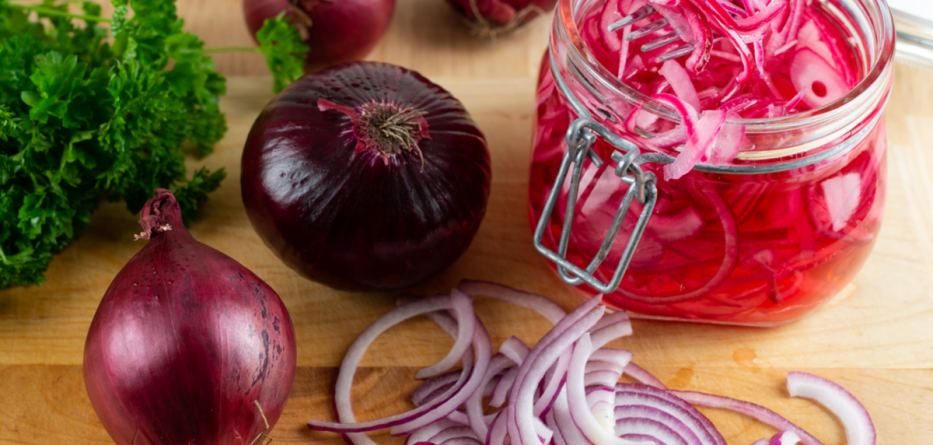Lower Your Cholesterol
A good diet rich in fruits, vegetables, whole grains, beans, and good fats can help lower what’s commonly called “bad cholesterol”. You may hear your doctor call it “LDL cholesterol.” You have a greater chance of getting heart disease when your LDL level gets too high.
You get other benefits from these foods. They also:
Lower your blood pressure
Boost immunity
Protect against heart attack, stroke, and some cancers
To help you make the best choices, here are lists of what to add to your shopping cart and what to avoid.
Foods to Eat For Cholesterol Management
Focus on these food when you are at the store – and remember a farmer’s market might also have some great picks:
Produce: Look for colorful fruits and vegetables, such as berries, oranges, apples, yams, broccoli, spinach, and bell peppers. Naturally cholesterol-free and low-fat, fruits and vegetables are the foundation of a good diet.
Whole grains: Oats, quinoa, barley, and whole wheat offer up fiber, complex carbohydrates, and protein. Look for breads, pastas, and cereals made with a variety of whole grains.
You will need to avoid certain grains, though, if your doctor says you can’t eat gluten or you have celiac disease, which affects your small intestine.
Be sure to read the labels to make sure the products you buy are also low in fat, sugar, and sodium.
Meat and beans: Choose skinless cuts of chicken or turkey breasts, and lean cuts of meat such as pork tenderloin and beef round, sirloin, or tenderloin. Read labels to be sure the meat is at least 92% fat-free.
Buy protein-rich beans such as black, soy/edamame, kidney, or garbanzo beans.
Nuts and seeds: Snack on them or use as garnishes in salads and pastas. Stock up on the plain varieties. When you buy natural-style peanut butter or almond butter, look for products that contain just the nuts, or just nuts and salt.
Dairy/calcium: Look for low- or reduced-fat products (yogurt, milk, and cheese), as well as canned fish such as tuna, sardines, and salmon.
If you’re lactose-intolerant or vegan, try calcium-enriched or fortified cereals and juices, and green, leafy vegetables, to fill the calcium gap.
Vitamin D, which helps you take in more calcium, is often added to dairy products, some cereal products, and margarine. It’s also found naturally in fish and egg yolks.
Omega-3-rich foods: Most of us aren’t getting enough of this good fatty acid in our diets.
You find these fats in fish. Cold-water fish such as salmon, tuna, halibut, herring, and mackerel have higher amounts. You can also find plant omega-3 fatty acids in walnuts and ground flaxseed.
Also look for foods enriched with it. These may include eggs, dairy, soy products, breads, cereals, and pasta.
“Good” oils: Some oils can be good for you. Olive oil can help raise the level of your “good” cholesterol (HDL). Look for other vegetable-based oils: canola, soy, and sunflower.
Plant sterol-enriched foods: Plant sterols and stanols are substances that help block cholesterol from being absorbed in your small intestine.
They are found naturally in foods in only tiny amounts. You can get some plant sterols from produce, nuts, seeds, and legumes, but not nearly the 2 grams a day recommended for people with high cholesterol.
If you need more, look for sterol-enriched foods such as margarine spreads, some yogurt or low-fat milk, some fruit juices, and some cereal. Be sure to read the labels to make sure the food is not also high in fat and sugar.




